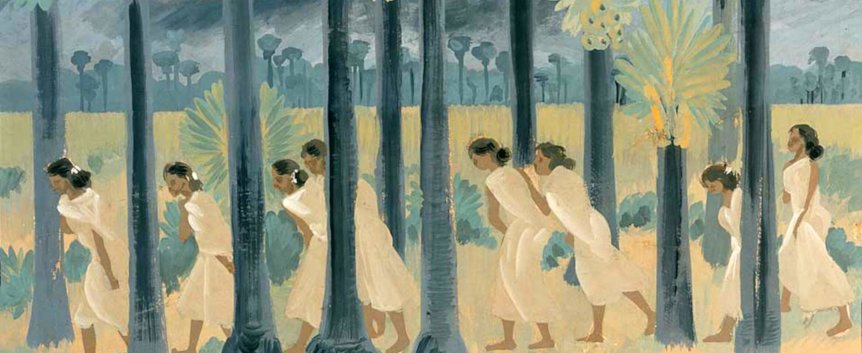Bengal School painting was the transition of Indian art to Modern painting but rooted in an Indian nationalistic ethos. The period of British rule in India saw a shift towards the use of western oil mediums on canvas. European style paintings were in vogue with the young & the rich for decorating their homes. Western style painting was being taught in art schools around the country. Thus the entire ecosystem of artists and buyers were disconnected from Indian tradition and proximate to European styles.
Bengal school artists while maintaining their use of western media, chose to go back to our roots of traditional miniature & folk painting to depict Indian subjects – starting from Mythology slowly transitioning to common folk & daily lives of people and to nationalistic ideas. They combined the west and the east to create a uniquely Indian style.
Early Bengal Paintings
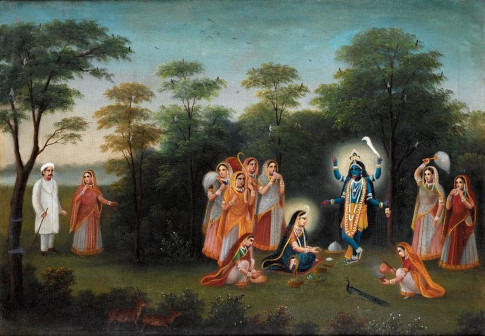

Around the turn of the 19th century, Indian artists – mainly in Kolkata and trained in the western style by western painters – started to depict traditional Indian mythological stories in western oil on canvas medium. They were inspired by the style & subjects of traditional miniature paintings but created larger works made possible by the use of canvases . This movement happened primarily in Kolkata (Bengal) as this was the seat of power in India and therefore where money and intellectuals were concentrated. These works, which were typical in their representation – clearly inspired by Indian miniatures & Kalighat styles of painting – became known as Early Bengal paintings or Dutch Bengal Paintings.
Abanindranath Tagore
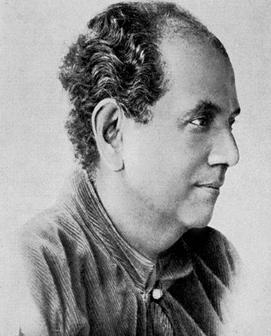
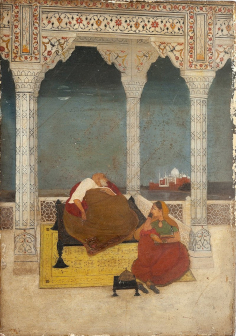
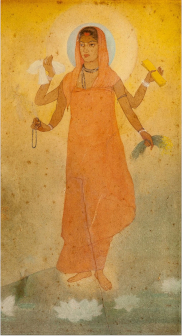
Around the same time (late 1890s), Abanindranath Tagore & EB Havell, developed a philosophy and curriculum of art at the Government Art School, Calcutta which was deeply rooted in traditional Indian miniature painting. This was a breakaway from the western style education that most art schools around the country were imparting and it created a generation of artists who were Swadeshi in their values & style.
Important too were the contributions of Japanese painters who brought with them and taught the Wash Technique of painting to these early pioneers, which was closer in aesthetics to the traditional Indian style of painting and therefore also became a technique used by many artists of this genre.
The influence of miniature paintings is quite visible in may of his works like The Passing of Shah Jahan and Bharat Mata, probably the most famous of his paintings.
Nandlal Bose
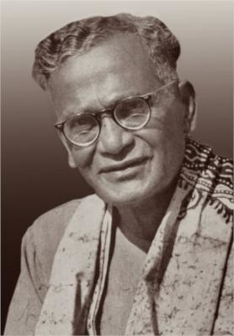
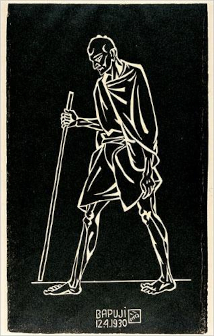
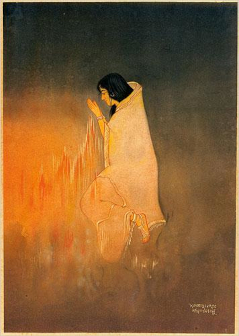
Abanindranath’s student, Nandlal Bose, further went on to teach at Kala Bhavan in Shantiniketan (1920s). Kala Bhavan was India’s first national art school and part of the Visva Bharti University founded by Rabindranath Tagore. He brought into the fold various Indian folk art forms and continued to further the philosophy of creating a language of art which was truly Indian. Inspired by the paintings of Aganta-Ellora, his works included depictions of mythology, to women, to village life. One of his iconic works from 1930 of Dandi March depicted Mahatma Gandhi in a black & white linocut.
The Next Generation of Bengal School Artists
These art schools became important breeding grounds for change, as students of a master then became teachers(and masters in their own right) and went on to teach others in different schools and so on and so forth. Thus amplifying the message and creating a movement towards artistic exploration with & for Indian eyes & minds. Some of the most prominent artists of bengal school were:-
| Students of Abanindranath Tagore | Students of Nandlal Bose |
|---|---|
| Nandlal Bose AK Haldar Sarda Ukil Manishi Dey Mukul Dey Kshitindranath Majumdar Jamini Roy | Ramkinkar Baij KG Subramanyan A Ramachandran Satyajit Ray |
Our Collection
We have an eclectic collection of early bengal & bengal school paintings. Check out some of our online collection below, or visit our store to see more Bengal School Paintings including some of the well-known master artists.
If you are interested in any of the paintings below or looking for something specific, then please contact us on whatsapp – Click here.

